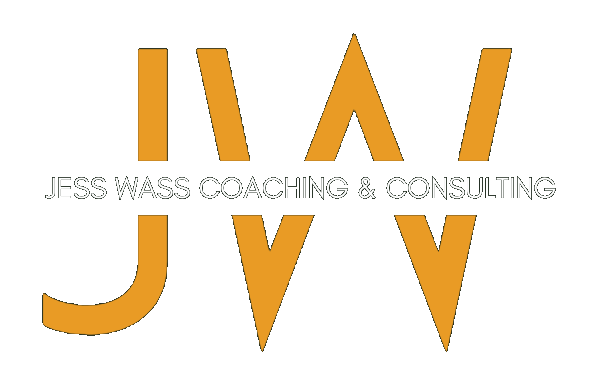What We Get Wrong About Creating Influential Presentations
Many of our jobs require us to gain buy-in and collaborate with others across our companies. Often, we are in situations where we need to influence without having positional authority. As a result, we spend time crafting presentations to present at meetings in hopes of getting the buy-in we need to take our projects to the finish line. In these situations, communicating effectively is paramount to success. However, contrary to popular belief, you don’t need to be a Powerpoint or Google Slide wizard to create influential presentations. In fact, you might not even need to create a deck at all. The truth is, developing influential presentations is more about getting the content right than packaging it in a flashy way.
The most important part of creating an influential presentation is the prep. If you can gather the right information, then making the actual presentation is easy. When approaching any project, there are three main questions to ask yourself:
WHO are we influencing?
WHAT are we trying to do?
WHY are we doing this?
WHO ARE WE INFLUENCING?
Before you dive into a new project, you should start by thinking about who the key stakeholders will be throughout the project. This allows you to craft your presentation and communications with those individuals in mind. This is because a truly influential presentation is customized for each stakeholder. The CFO of your organization is going to care about different information than the CMO because they have different roles, responsibilities, and lenses through which to view information. Similarly, the stakeholders you need to approve a project are going to need different information than the stakeholders affected by the rollout of the project. As a result, there are two completely different communication strategies that you should consider . By taking time upfront to recognize and identify those differences, you can be prepared to craft a more customized and compelling message.
WHAT ARE YOU TRYING TO DO?
Once you understand who you are going to be talking to, you need to get clearer on the type of information each group will need in order to support your project. There are two main types of information you want to provide to articulate your point of view. The first is to paint the picture of the current situation. Most people want to understand what the current state is before considering any changes. This can also help you lay the groundwork for making the argument around “why are we doing this”, which is the last step.
Once you have laid out the current state, then you can start to paint a picture of the future state. In this part, it's important to be clear about what you are trying to do and the impact it will have. Even more important to articulate is what you want from that stakeholder. There are too many meetings where people end up with unhelpful feedback or without a clear understanding of the next steps. This is because it wasn’t clearly laid out what role you want this stakeholder to play in the process and what you need from them as a result. To take inspiration from the New York City MTA…if you need something, say something.
WHY ARE WE DOING THIS?
It’s not enough to share what you want to do when trying to influence others. You also need to address why you want to make this change. An often misunderstood perspective of change is that people don’t like change. This isn’t true, rather they just dislike change happening TO them. What people often want to know whenever a change occurs is how that change will affect them. These types of questions are especially important to answer when thinking about the end user. For instance, if you are rolling out a new program or policy in your company, how can you be clear with all those affected what it means for them? At the end of the day, that’s what people care about the most.
It’s also important to create a sense of urgency around a project. Too often projects stall not because people have objections to the solution, but rather because of apathy. People don't feel compelled enough to care, so it is never prioritized. If you want your project to be approved and implemented on your timeline, then you to be clear why this project is important and why it needs to happen now.
BRINGING IT ALTOGETHER
Once you have a clearer understanding of who your stakeholders are, what information is relevant to understanding and making the case for the project, and why its important, now you can finally start to pull together a presentation. This is the easy part because each piece of information becomes a slide in your deck. You can move around the slides to tell the best story for that particular audience. As a best practice, always assume your audience won’t make it past the first 2-3 slides in a deck or past the first page of a document. As a result, organize your information so the summary and most important information is upfront. Then treat the rest of the presentation as backup.
Building influential presentations doesn't require you to be an expert designer. Rather, focus on getting the right information to the right people at the right time. At the end of the day, that’s what people care about the most. By answering these key questions as you think through your project, you will be in a better position to influence those around you. Who can ask for anything more?
